Korean ginseng (scientific name: Panax ginseng) is the root of Panax ginseng with rhizome, which is processed and steamed. Korean ginseng has a thousand-year history in North Korea. According to Chinese historical records, ginseng produced in Silla Dynasty on the Korean Peninsula in the Tang Dynasty was already used as a Chinese herbal medicine. By 918, a feudal kingdom, the Goryeo Dynasty, emerged on the Korean Peninsula. During the Goryeo Dynasty, there was great development in agricultural production, commodity circulation, foreign trade, and science and culture. Ginseng was also produced in large quantities and sold worldwide, hence the name "Korean ginseng".
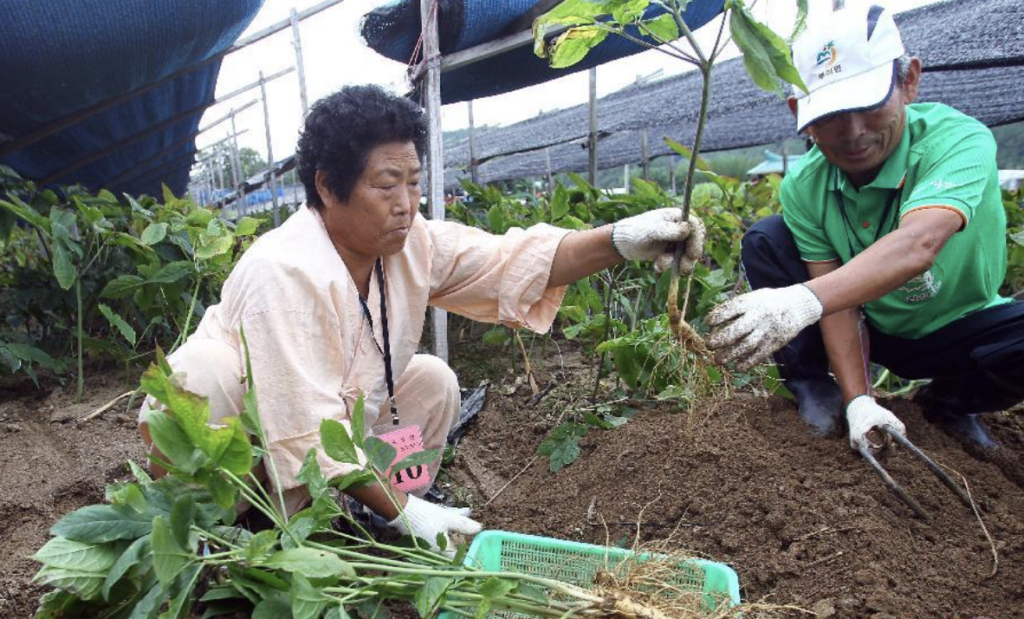
Korean ginseng is a type of red ginseng, and its efficacy is stronger than that of ordinary red ginseng. The most typical character traits are "general's shoulders" (that is, the roots on both sides under the reed head are flat), "yellow mandarin jacket" (there is a layer of yellow outer skin that has not been scraped off on the outside), and "double reeds" (there are two reeds)! Ginseng produced on the Korean Peninsula can be divided into water ginseng, Taichi ginseng, white ginseng, and Korean ginseng (red ginseng) according to the processing technology.
Water ginseng is just ginseng. Ginseng that has just been picked from the ginseng field and has not yet been dried is water ginseng. However, it is difficult to see it outside the place of origin due to difficult storage.
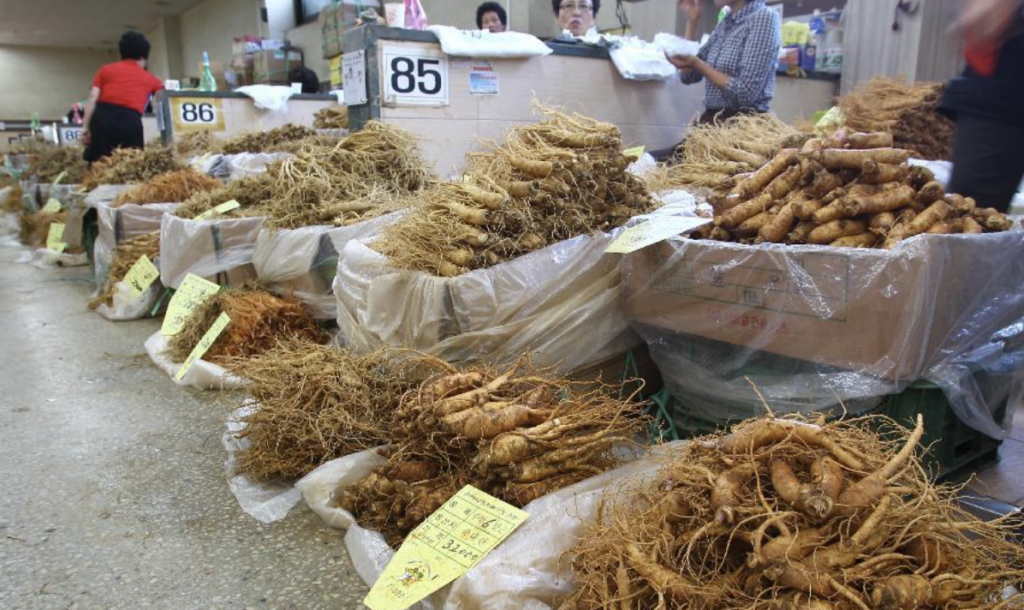
Water ginseng is soaked in 80-90 ℃ water for 10-20 minutes, and then dried to make Taichi ginseng. White ginseng is made by peeling the ginseng and drying it in the shade or in the air. Red ginseng is a kind of cooked ginseng in ginseng. The ginseng is steamed with steam (2 hours), and then dried. After drying, the ginseng will show an increase in odor due to chemical reactions, and the color will become more ruddy. Therefore, compared with white ginseng, white ginseng is fresher and contains vitamins, while red ginseng is more compact and reinforced, and can be stored for a longer time.
Korean ginseng mainly grows and is distributed in the far east of Asia, that is, in the zone between 30-48 degrees north latitude, including North Korea and South Korea. The main producing areas of the Korean Peninsula are: North Korea is mainly produced in Gyeonggi, Chungnam, and Jeonbuk; South Korea is mainly produced in Geumsan; the Korean ginseng produced in Kaesong and Geumsan is the most famous. Hallasan, the highest peak in South Korea, is located in Jeju Island in the southernmost part of South Korea. The temperature difference between day and night is more than 15 ℃, there is sufficient sunlight, but it is not directly exposed to sunlight, and the soil can maintain a good moisture content, which is also very suitable for the growth of Korean ginseng.


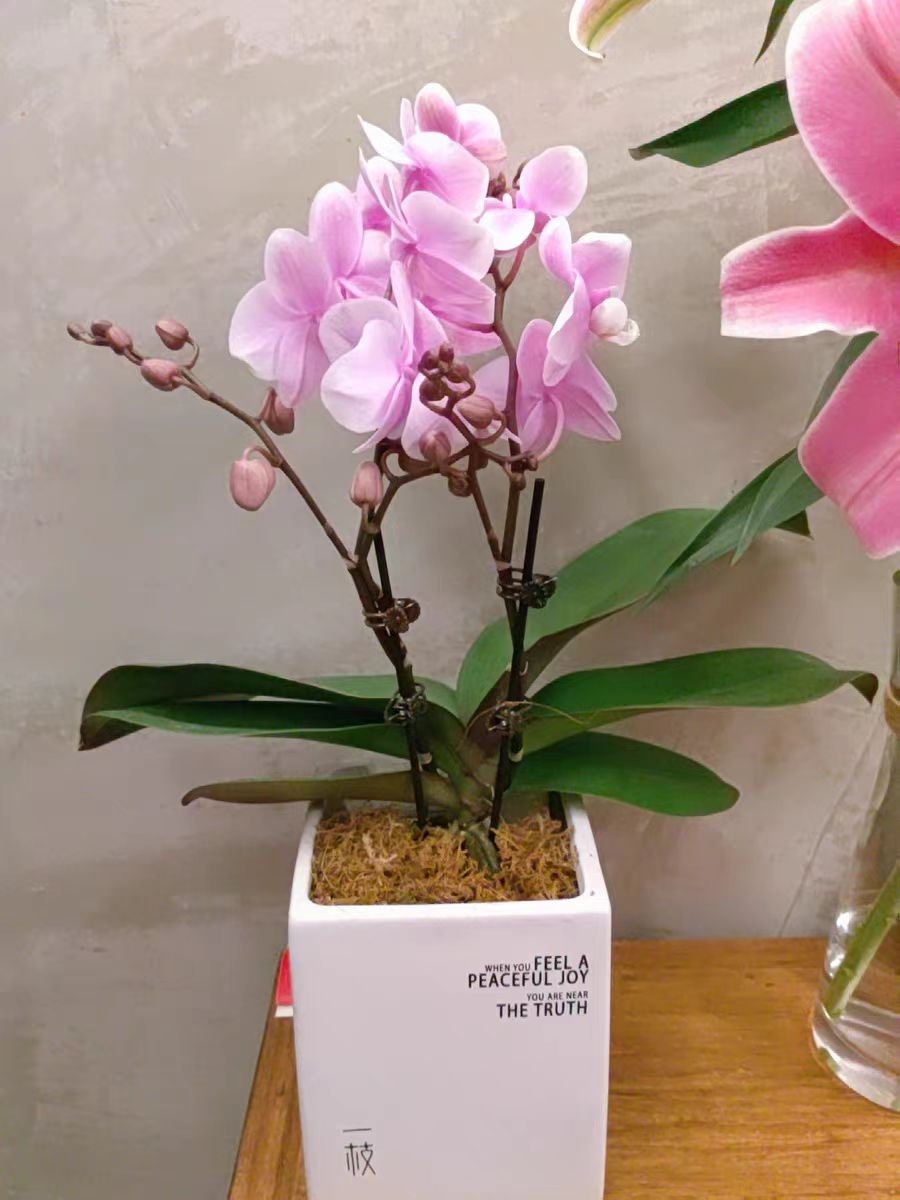
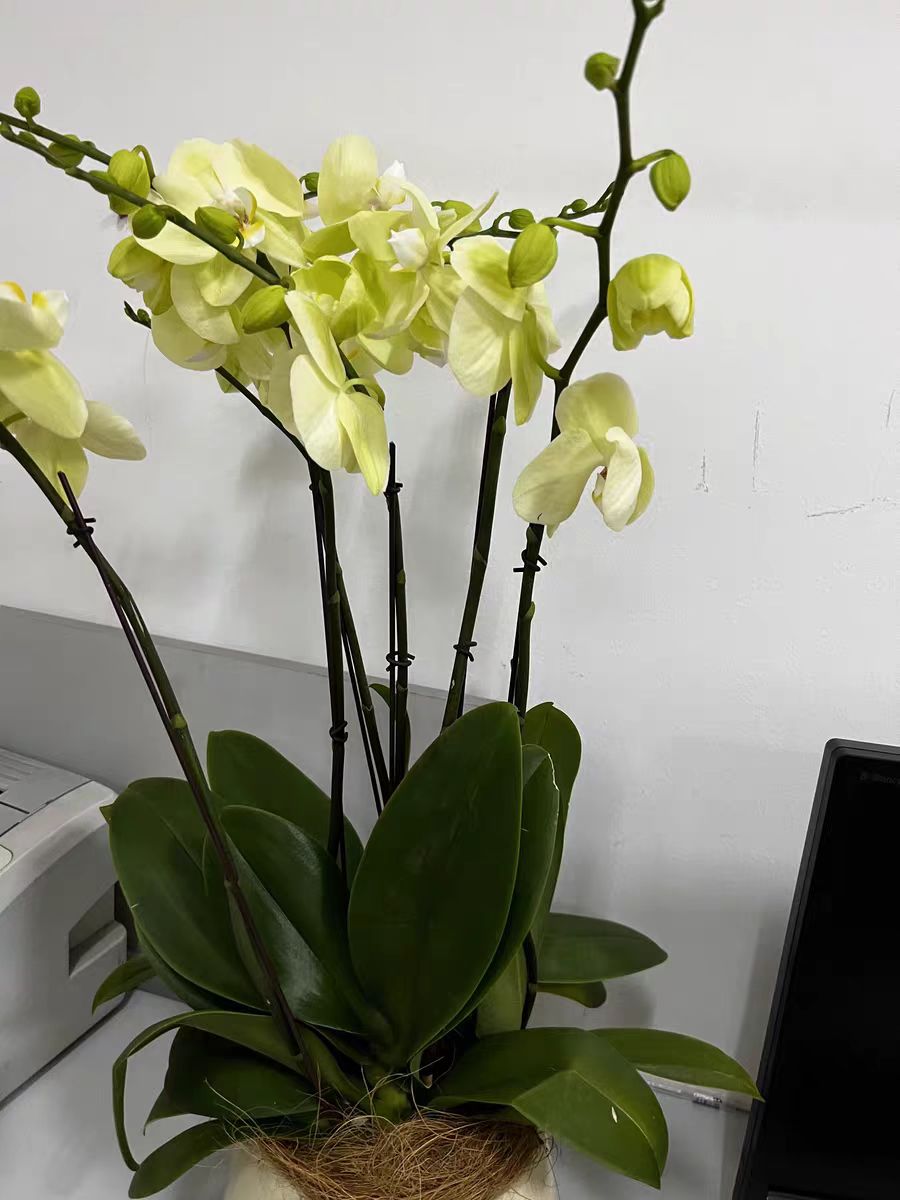
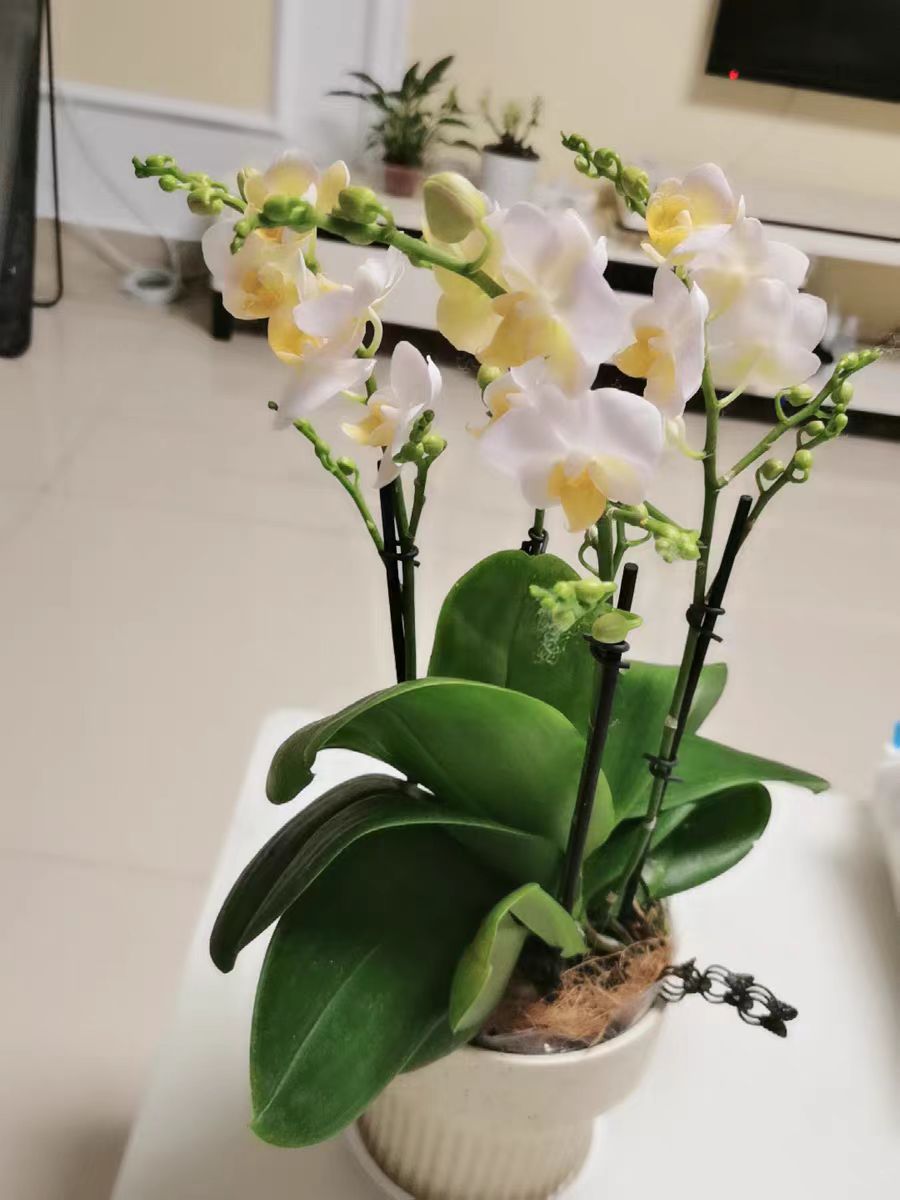
Leave a Reply